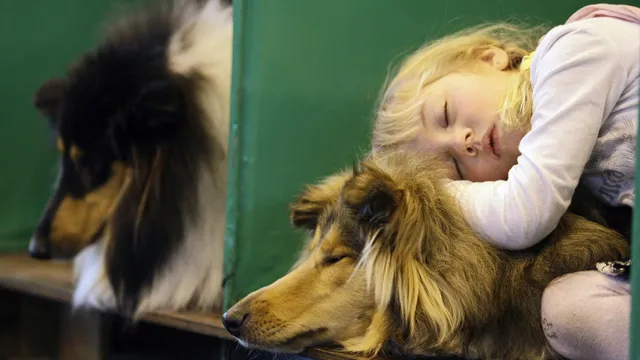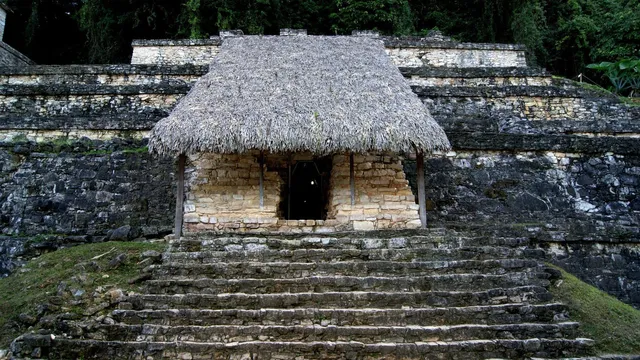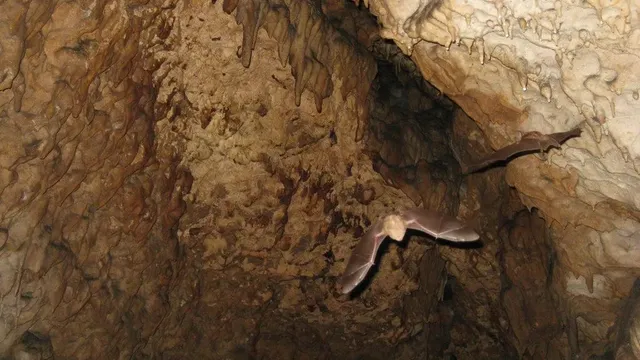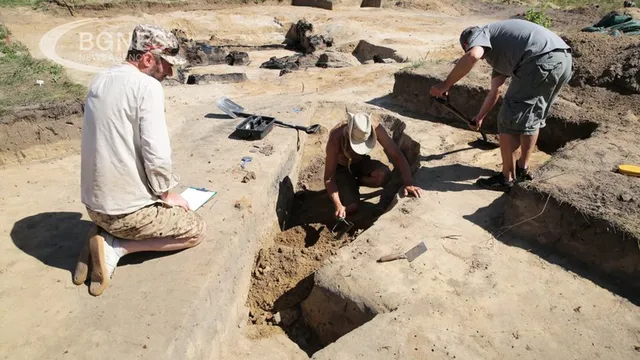Fossilized teeth discovered during long-term archaeological excavations in northeastern Ethiopia reveal that two different species of hominins—human ancestors—inhabited the same location between 2.6 and 2.8 million years ago, CNN reported. One of them may belong to a previously unknown species.
Ten of the teeth, found between 2018 and 2020, belong to the genus Australopithecus, while three teeth discovered in 2015 have been identified as belonging to the genus Homo, which includes modern humans.
The discovery, published in Nature, is extremely rare, as until now scientists believed that Homo appeared after Australopithecus, rather than the two genera being contemporaries. The new findings suggest that human evolution is a more complex network rather than a linear process.
“This study proves that the idea of evolution as a straight line—from ape to Neanderthal and then to modern human—is incorrect. Evolution is like a branching tree,” said study co-author Professor Kaye Reed of Arizona State University.
The Australopithecus teeth, dated to 2.63 million years, do not match known species such as afarensis (“Lucy”) or garhi, suggesting they belong to a new, previously unknown species. The Homo teeth are dated between 2.59 and 2.78 million years old.
The Afar region in Ethiopia is a key area for research on human evolution, as geological processes there expose ancient layers containing preserved remains and stone tools.
Scientists still cannot say how the two species coexisted—whether they competed for resources or relied on different food sources. However, they believe each new discovery adds a valuable piece to the puzzle of human origins.
— BGNES

 Breaking news
Breaking news
 Europe
Europe
 Bulgaria
Bulgaria







